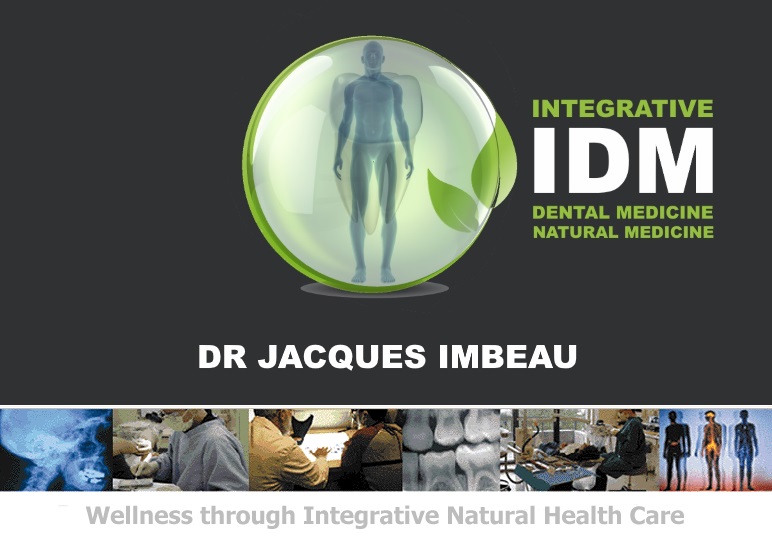Another
White Filling That Can Be Toxic
|
A glass ionomer ( GIC ) is another
type of tooth coloured material
increasingly promoted as a substitute for dental
amalgam in children as well as
lining materials under plastic fillings i.e.
composite resin materials. They are silicaceous
gels made up mainly by mixing an alumino-silicate
glass powder with a polyacrylic acid.
In
general their physico-mechanical properties are
inferior to either amalgam or composite resins so
they are usually used in a sandwich technique
with composite resins so that the weaker
material ( GIC ) is covered with a layer of
more resistant composite resin. Many
manufacturers have mixed various amounts of
resins with glass ionomers in an attempt to
improve their physico-mechanical properties and
these " hybrids " are marketed as
resin-modified glass ionomers or compomers.
Notwithstanding
the rational for their use, and, like amalgam,
their proponents have many " good
" reasons to use them. Glass ionomers and
resin modified glass ionomers have highly
questionable biocompatibility and contain various
species of fluoride, aluminium and, frequently,
contaminants such as lead and arsenic. The
effects of these " bioactive "
substances is, sadly, not limited to the tooth
where they are implanted.
Glass
ionomers wear much more rapidly than human enamel
and they are also, by their very nature,
leachable materials. The abraded glass ionomer
material will be quickly dissolved by gastric
acid so that it's various components will be
released in the digestive system.
|

